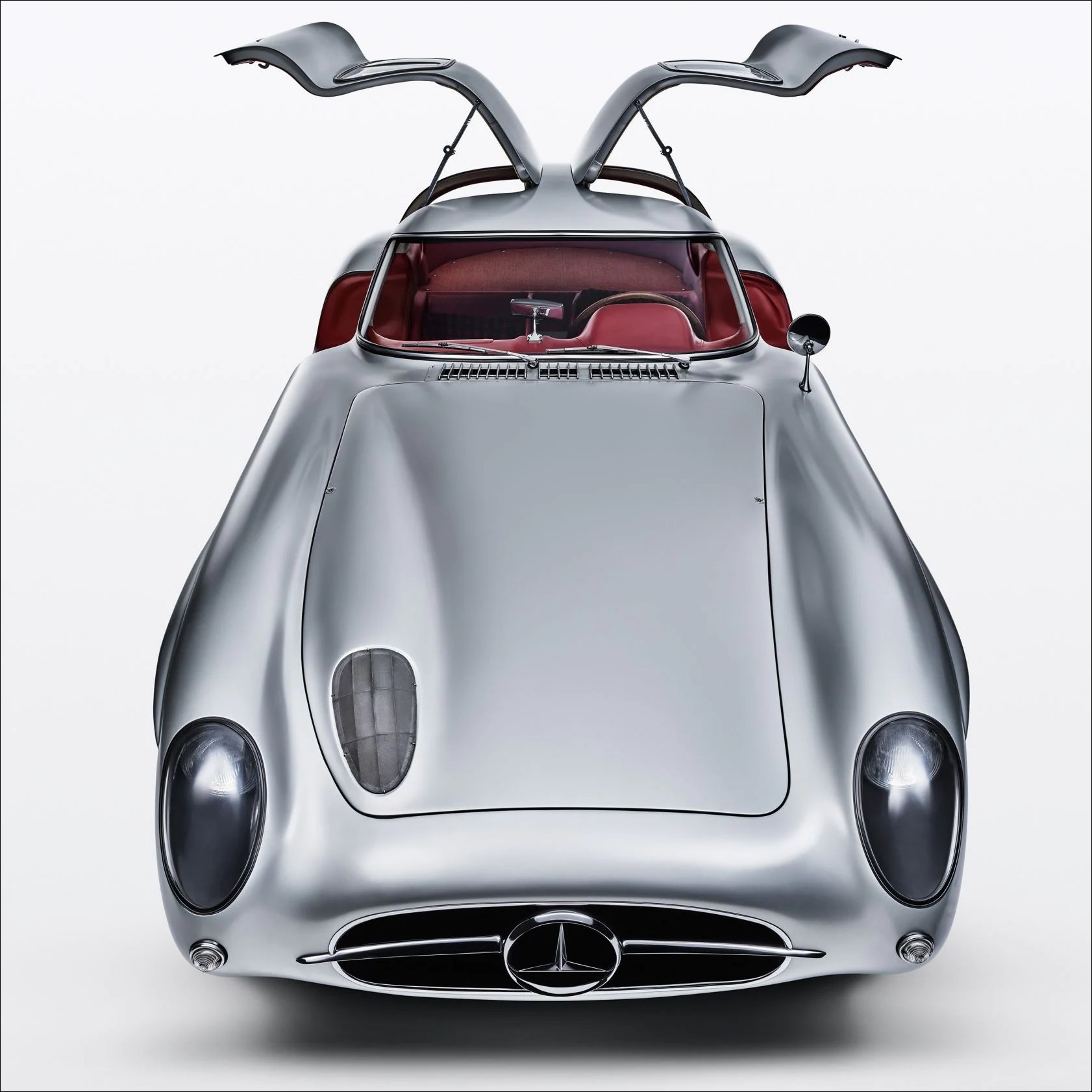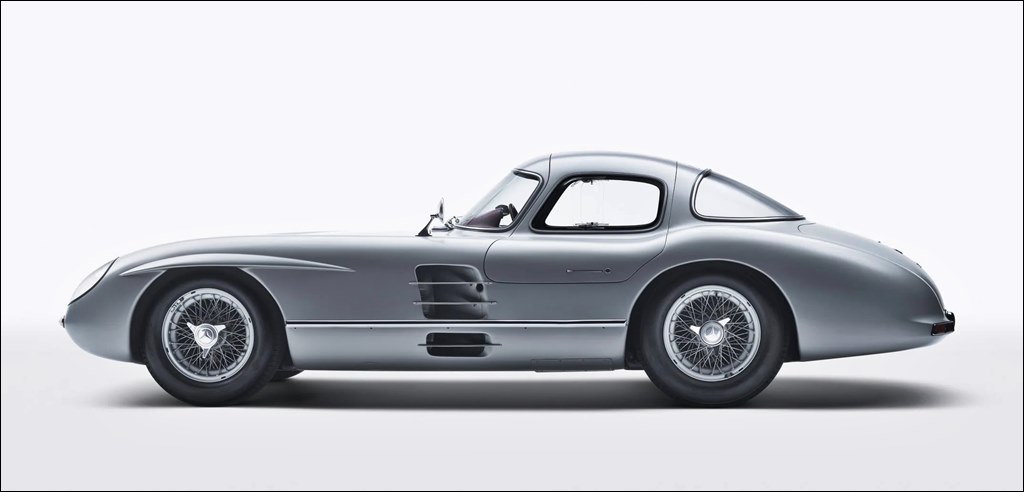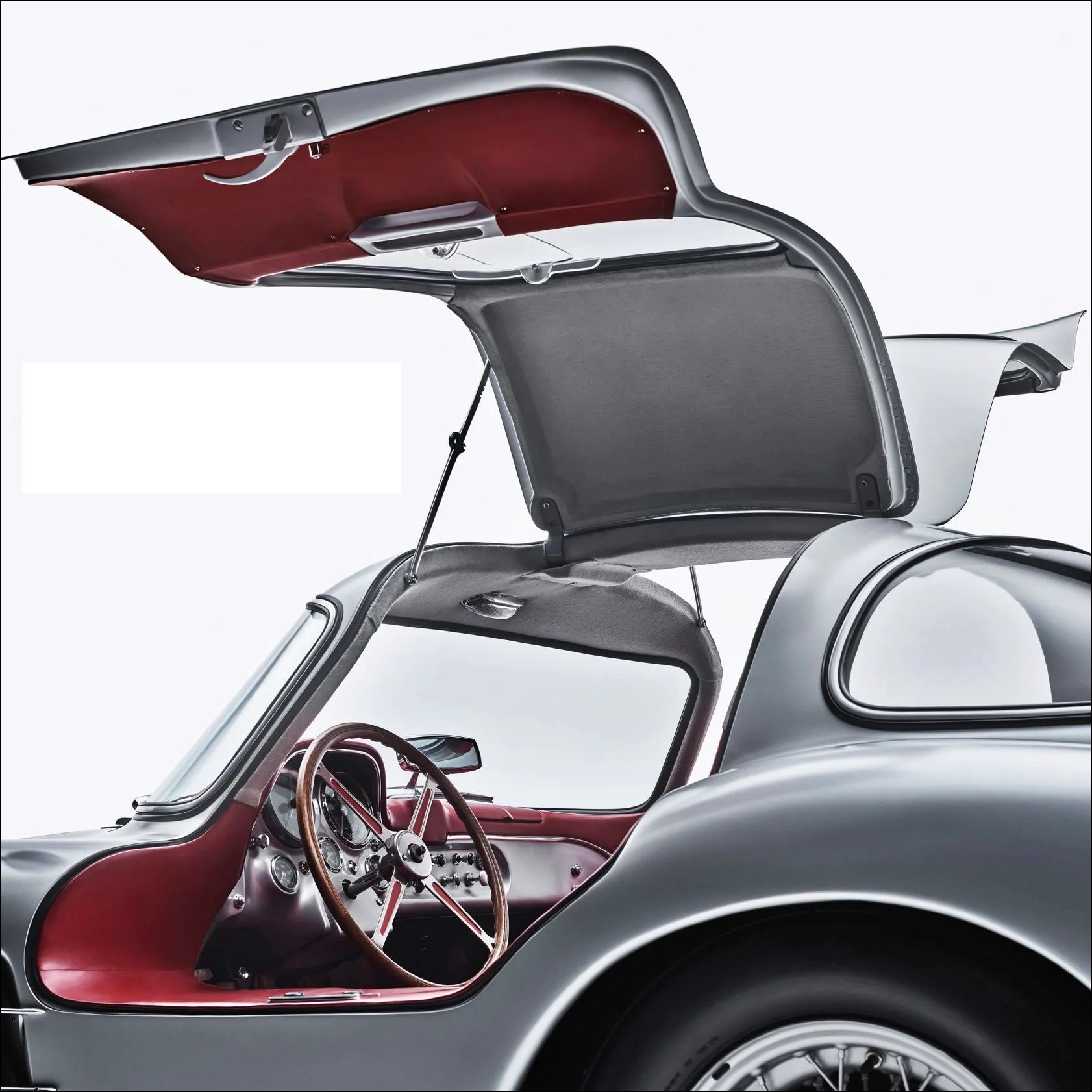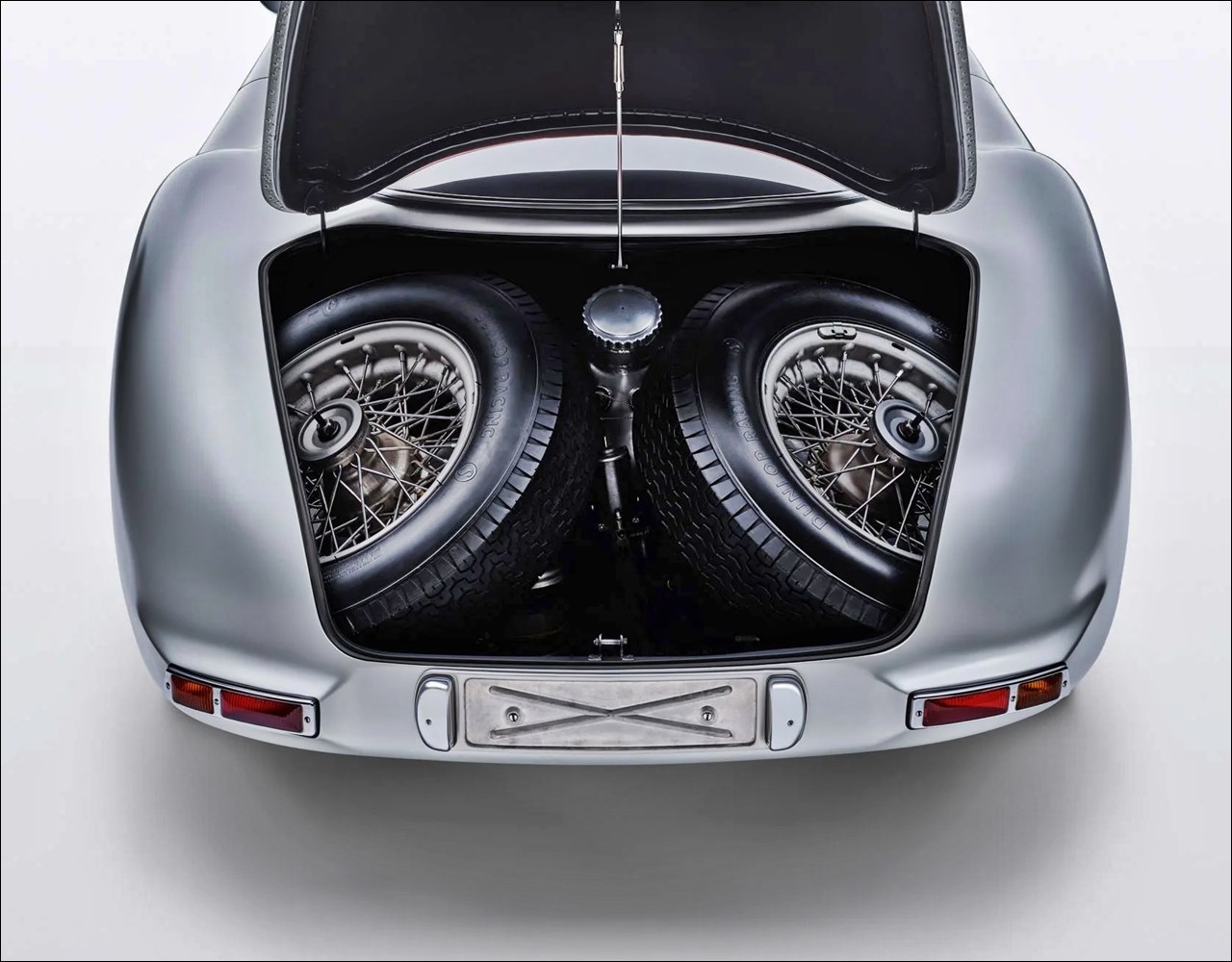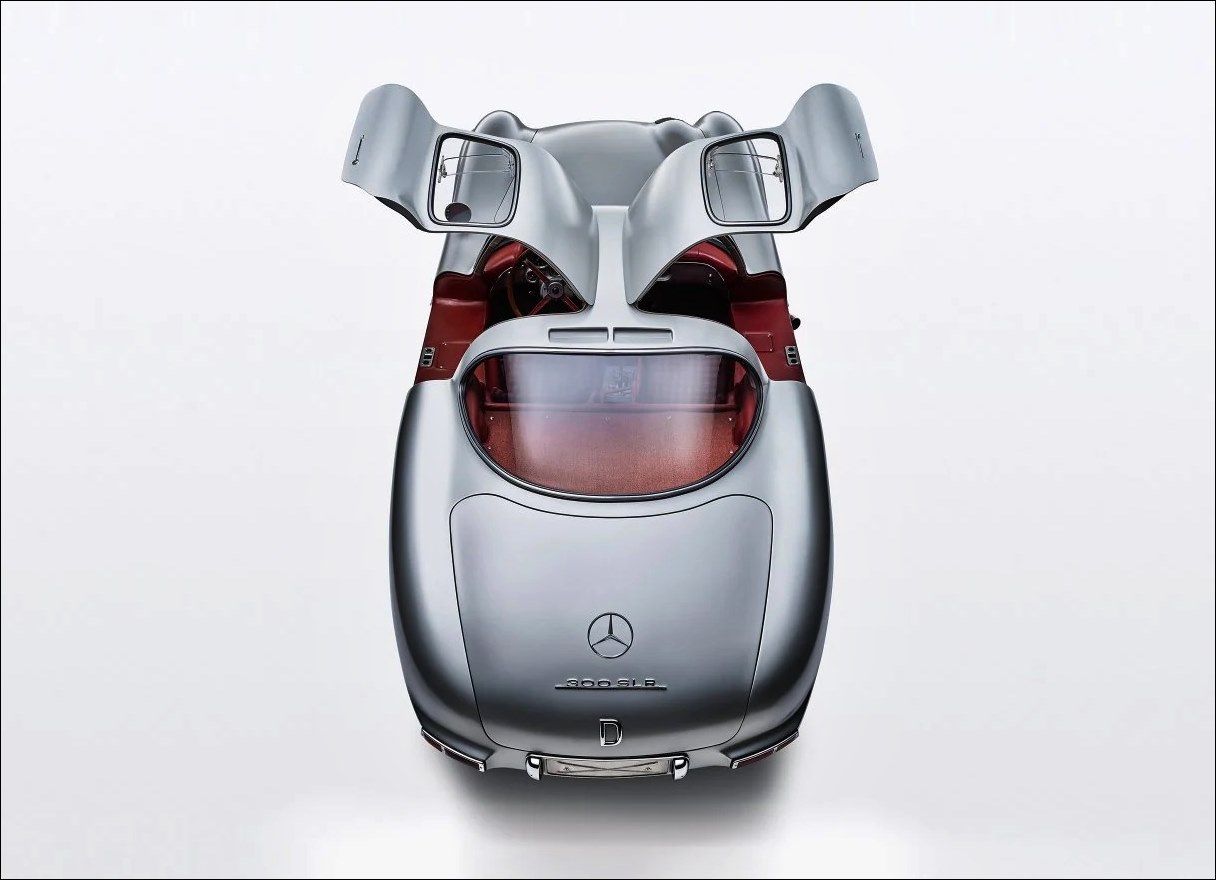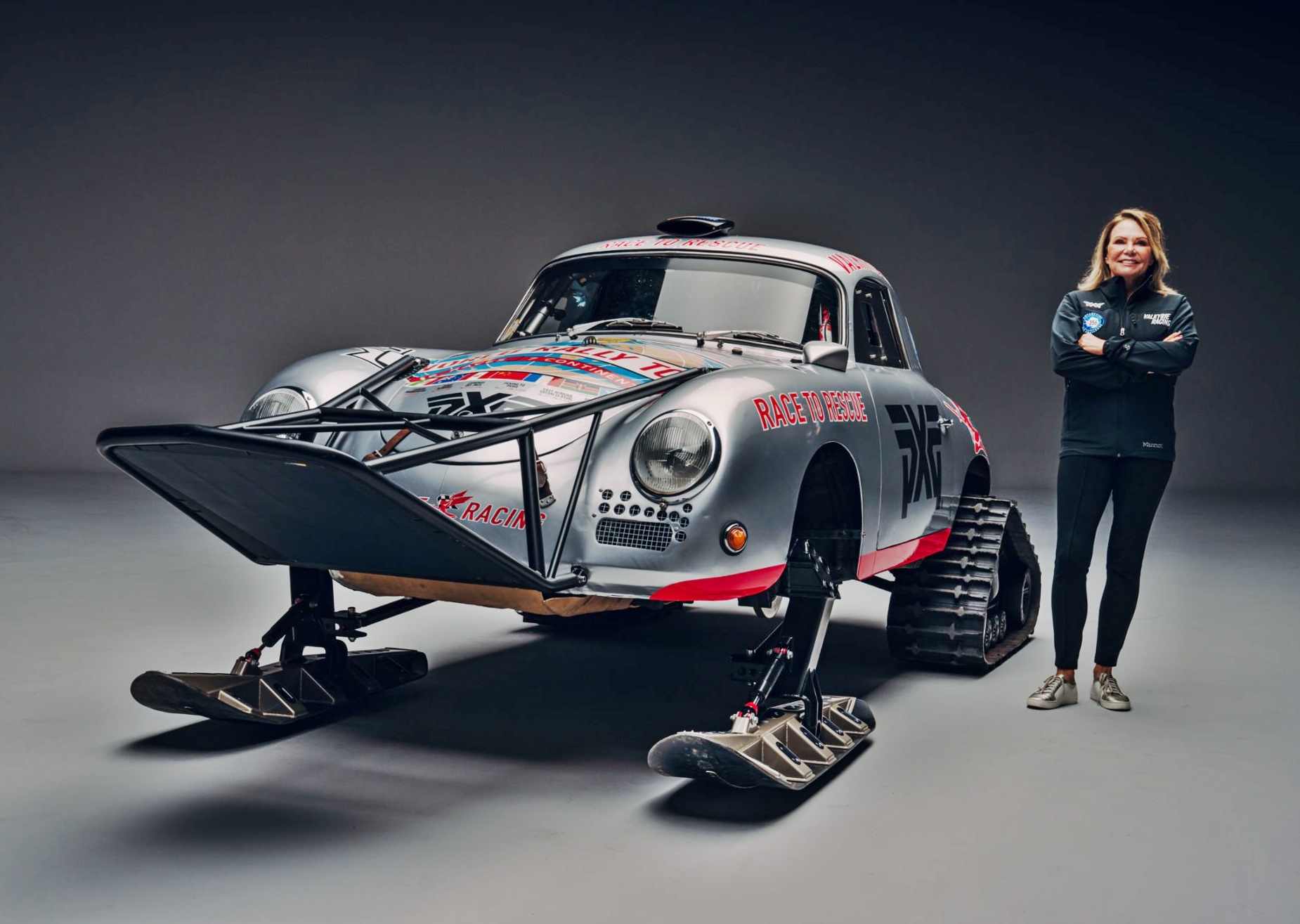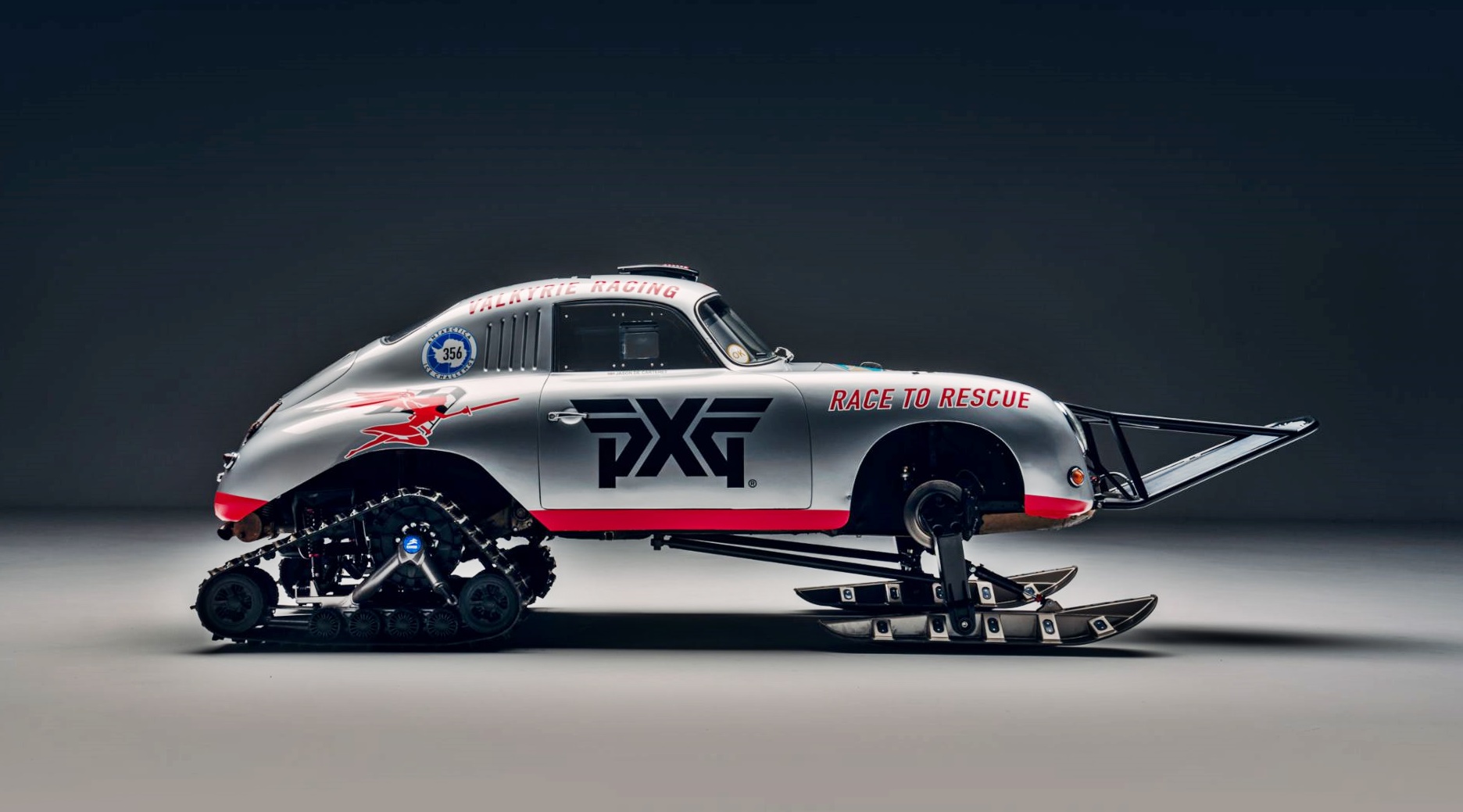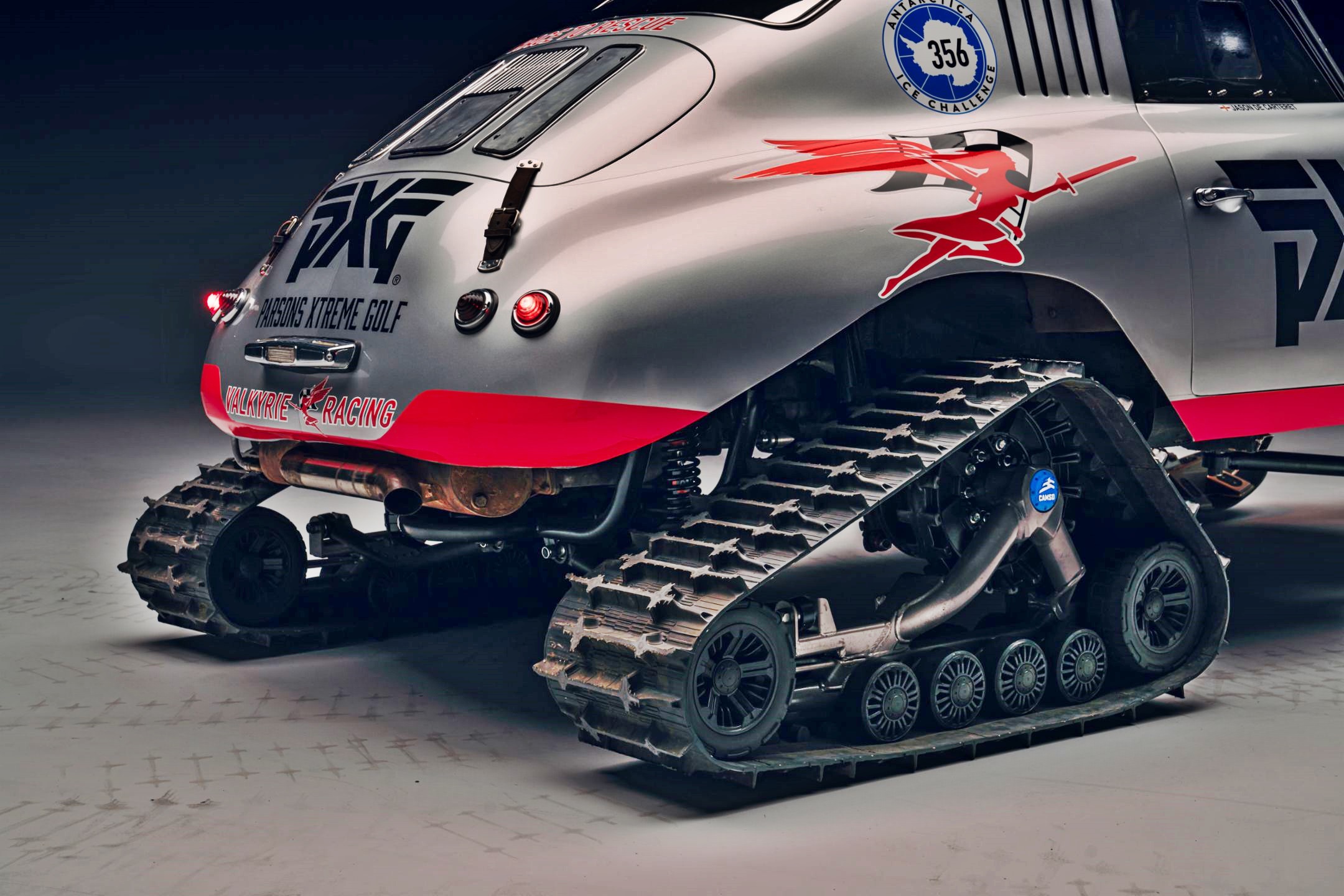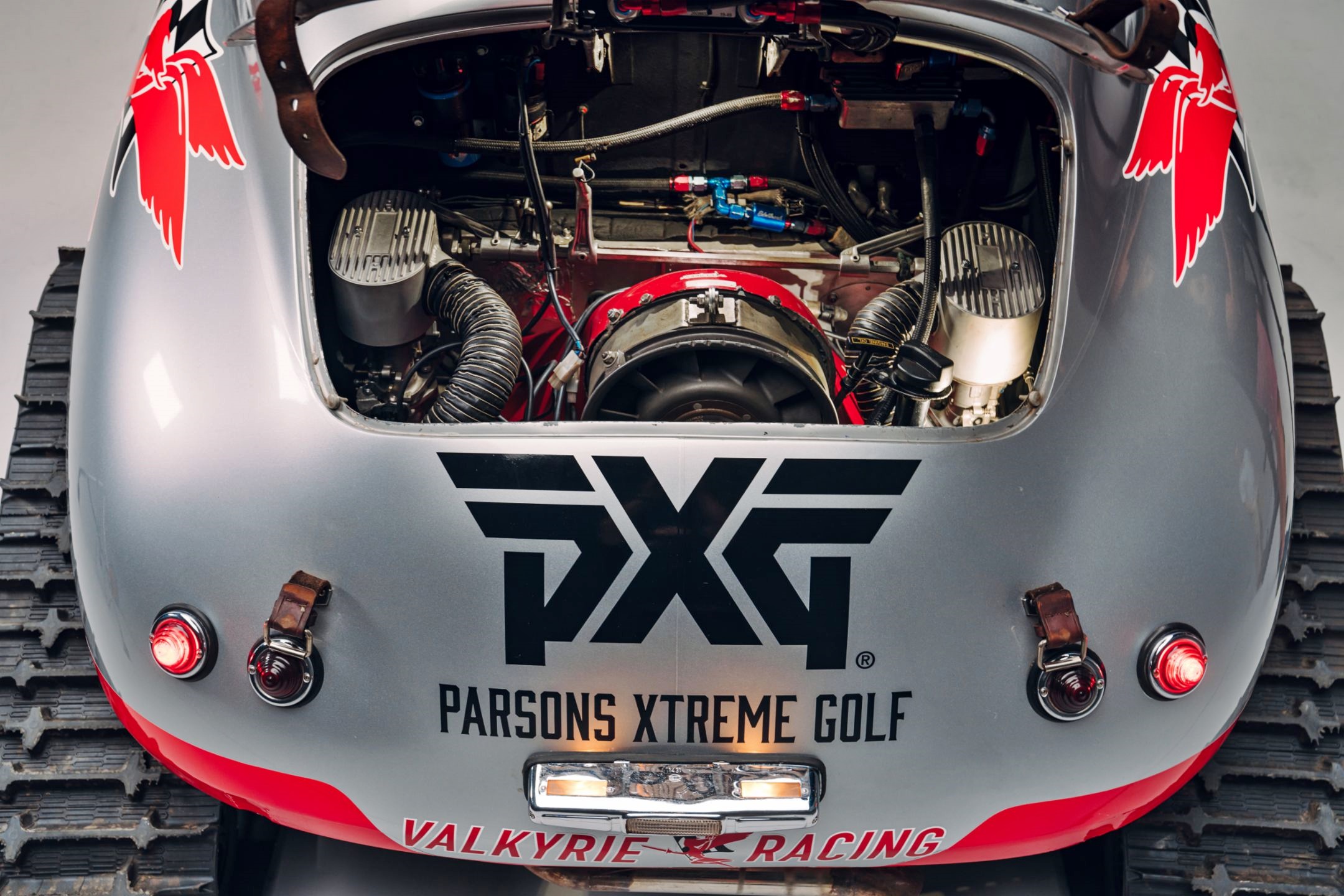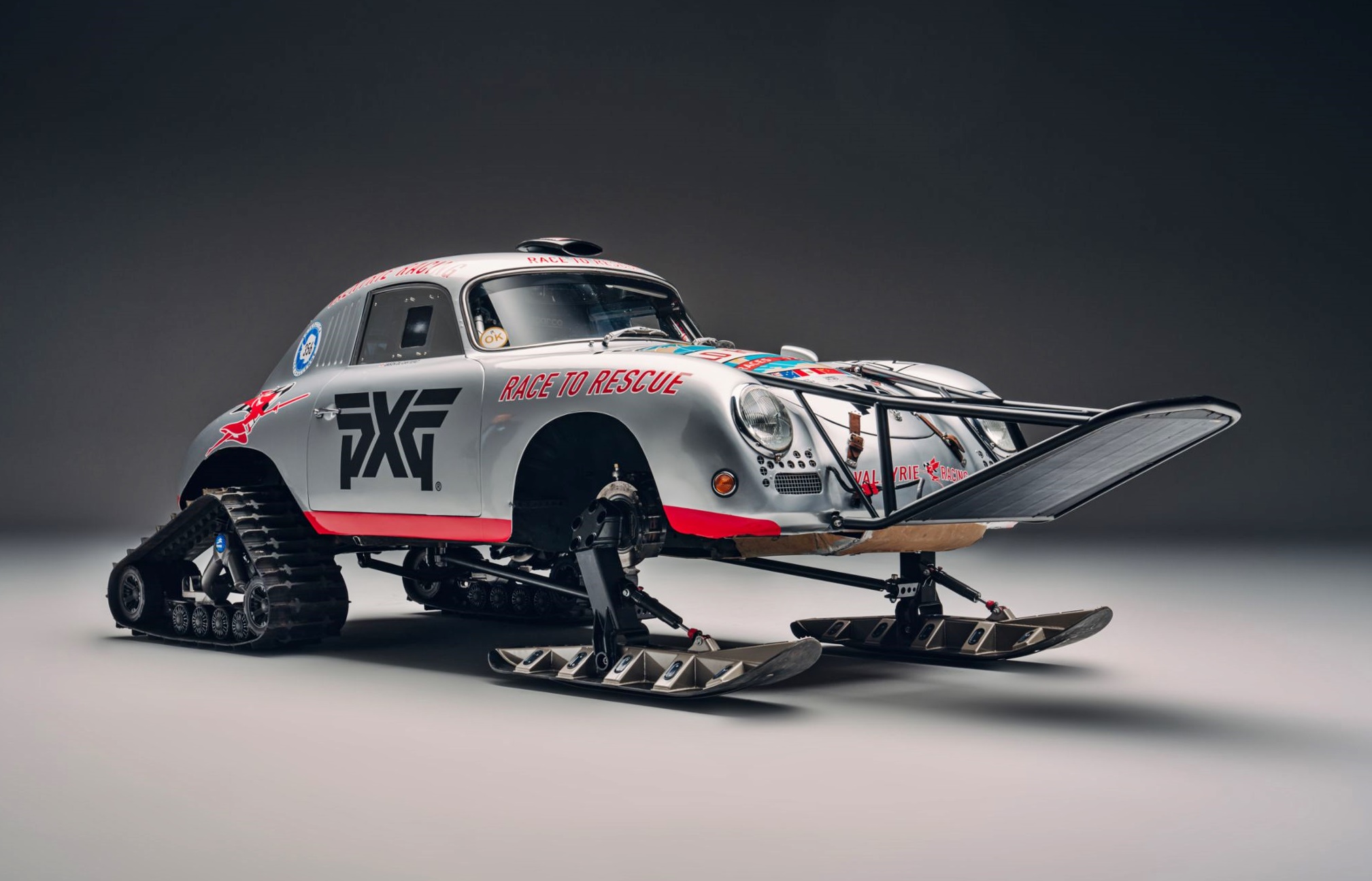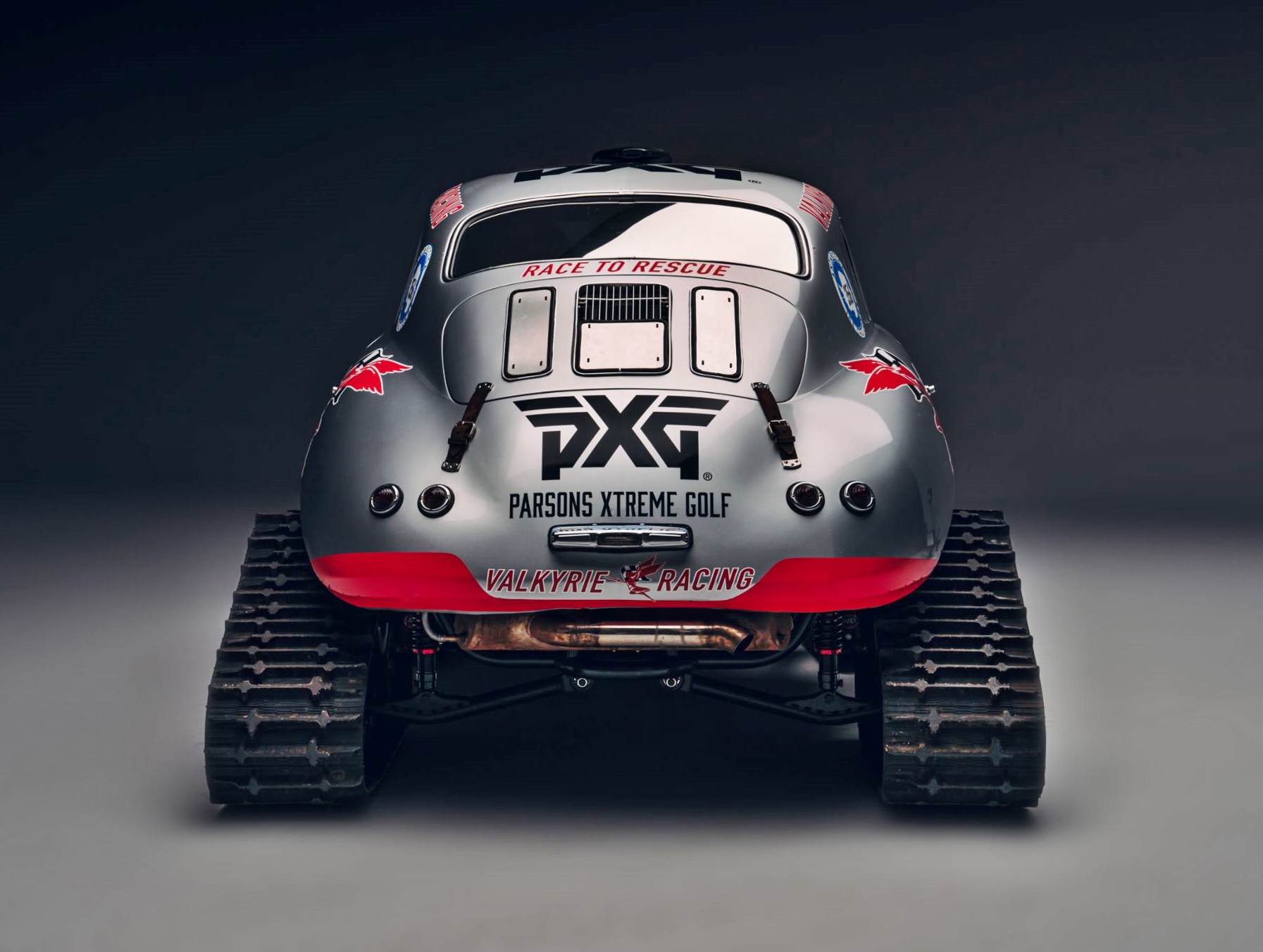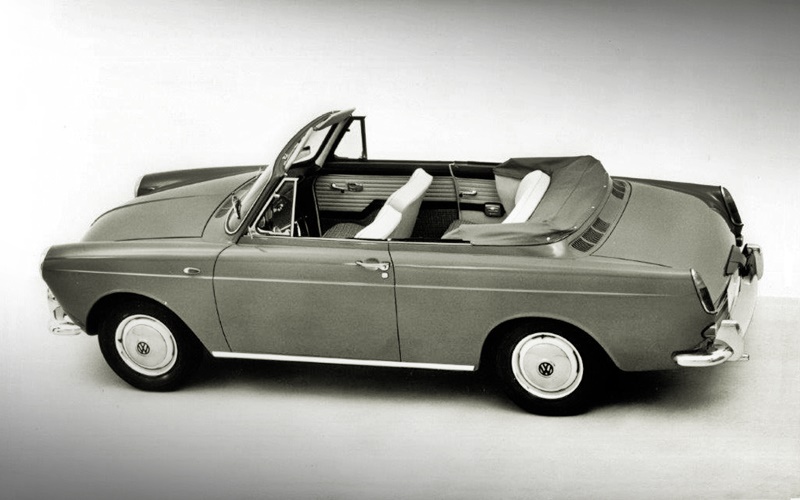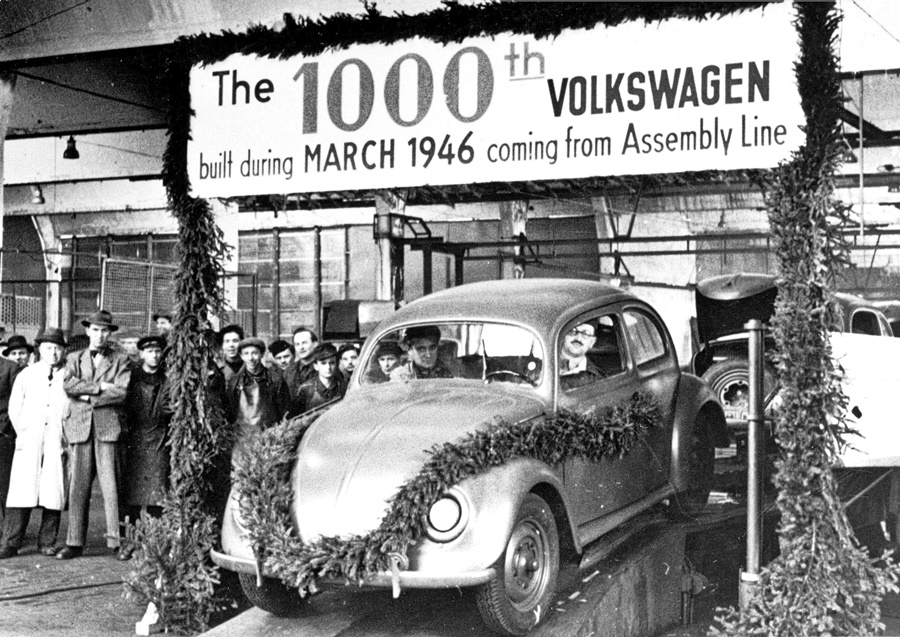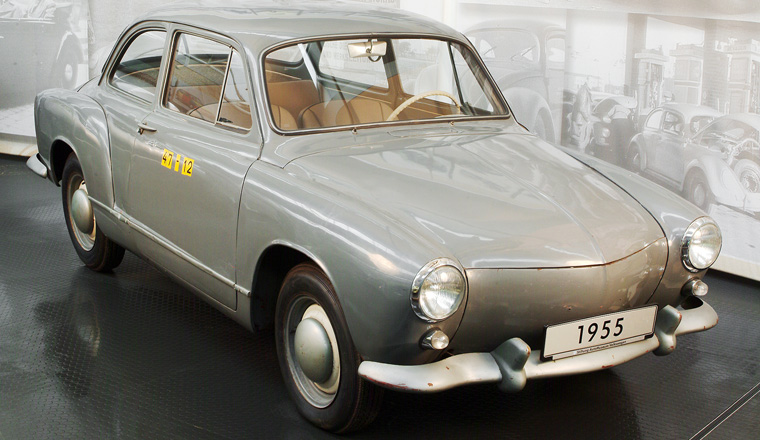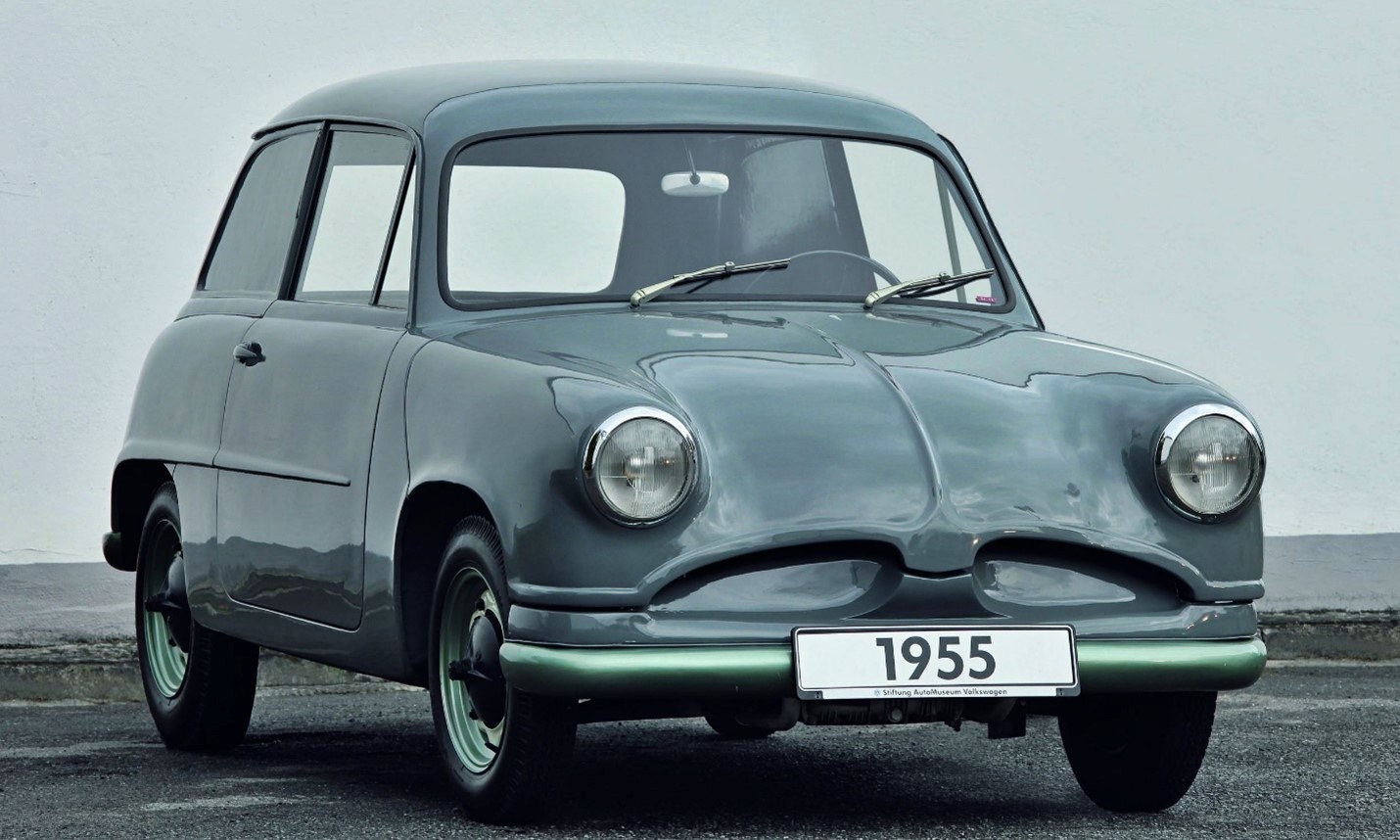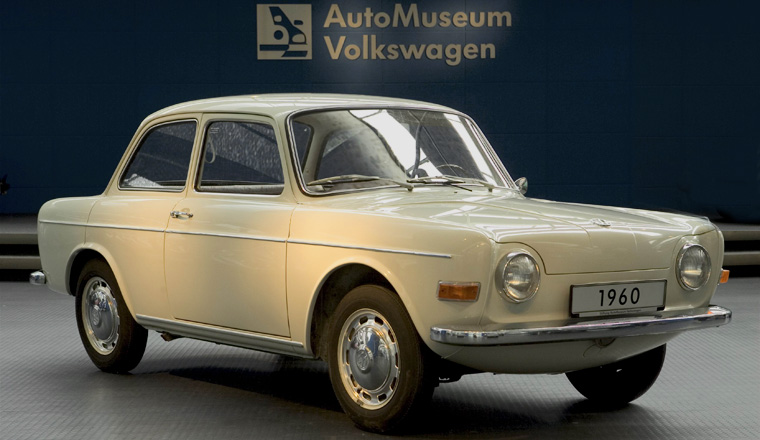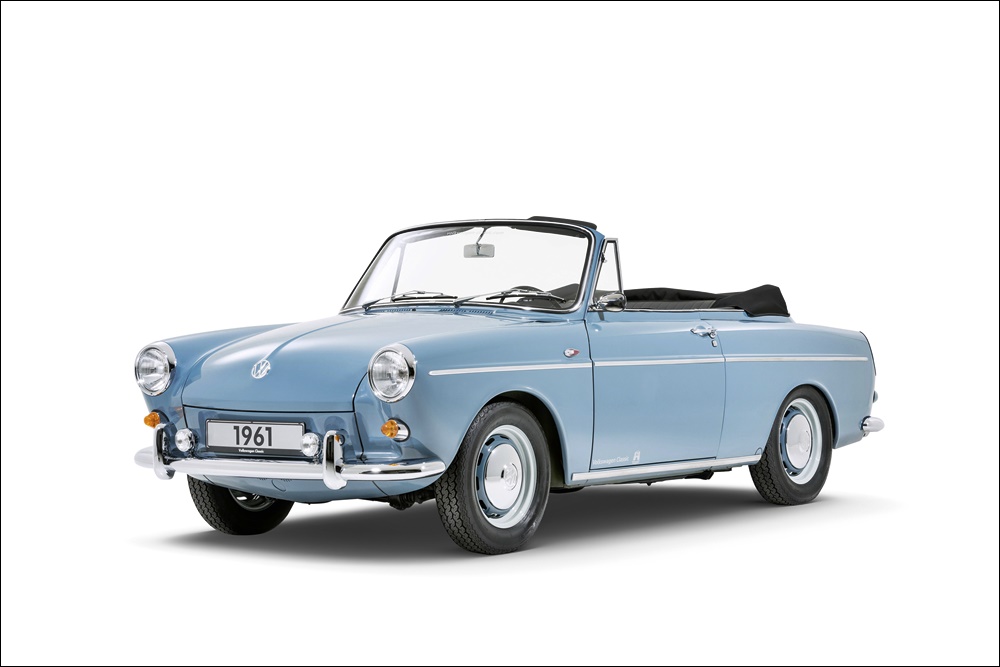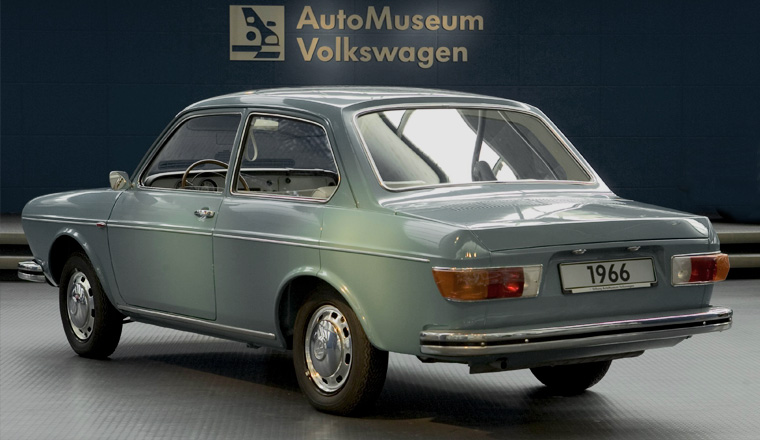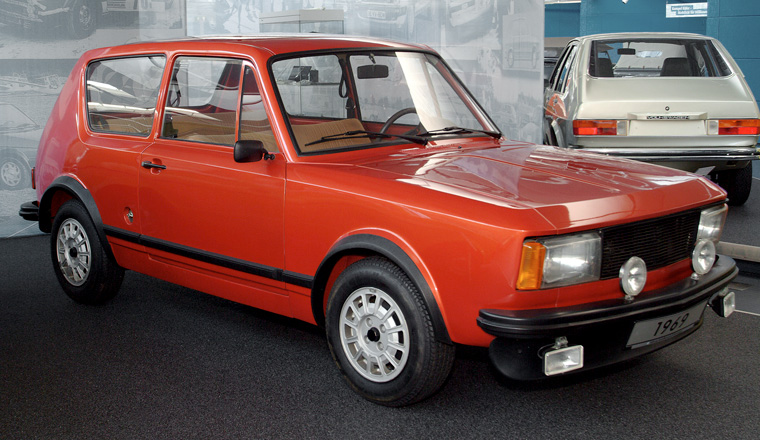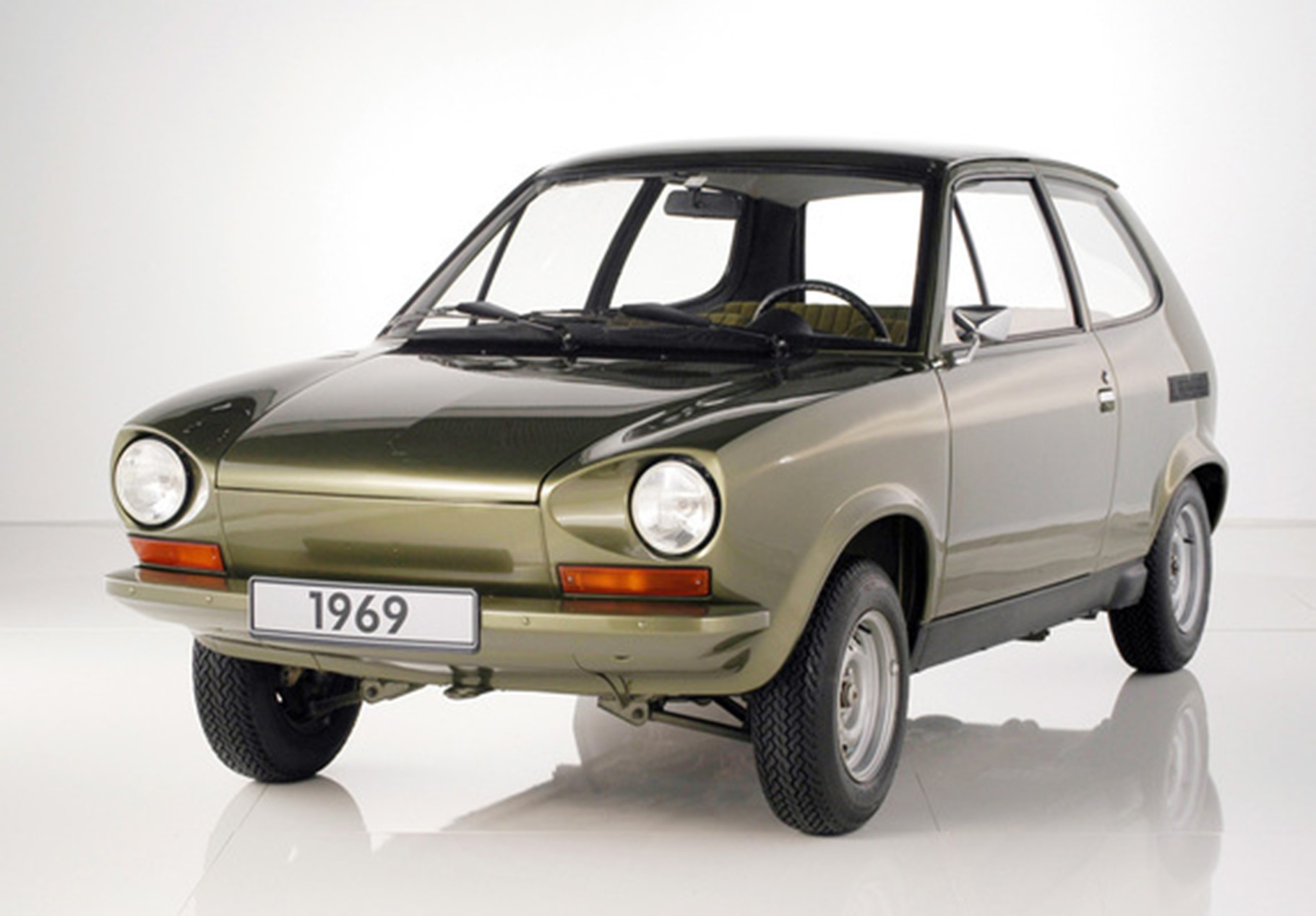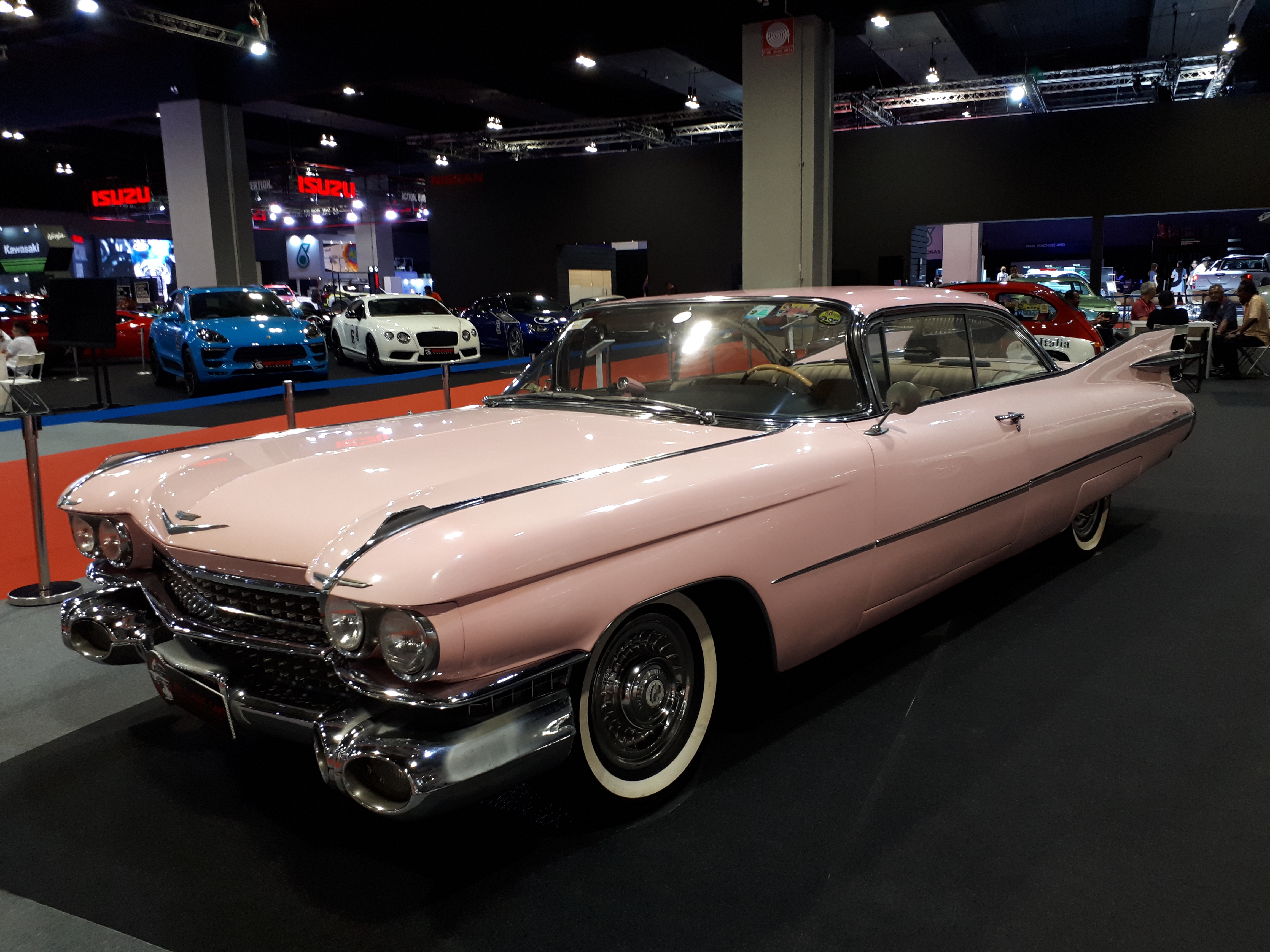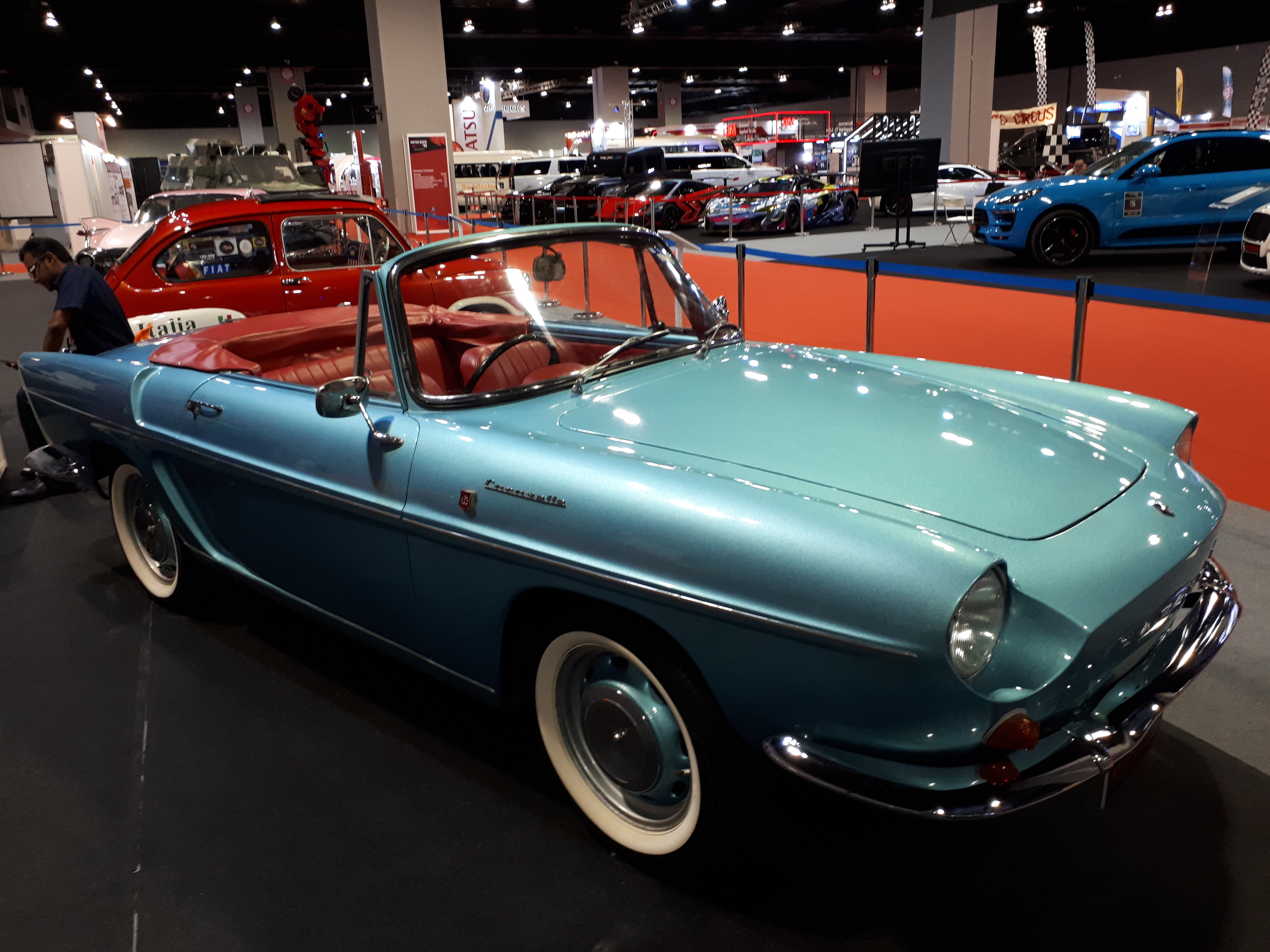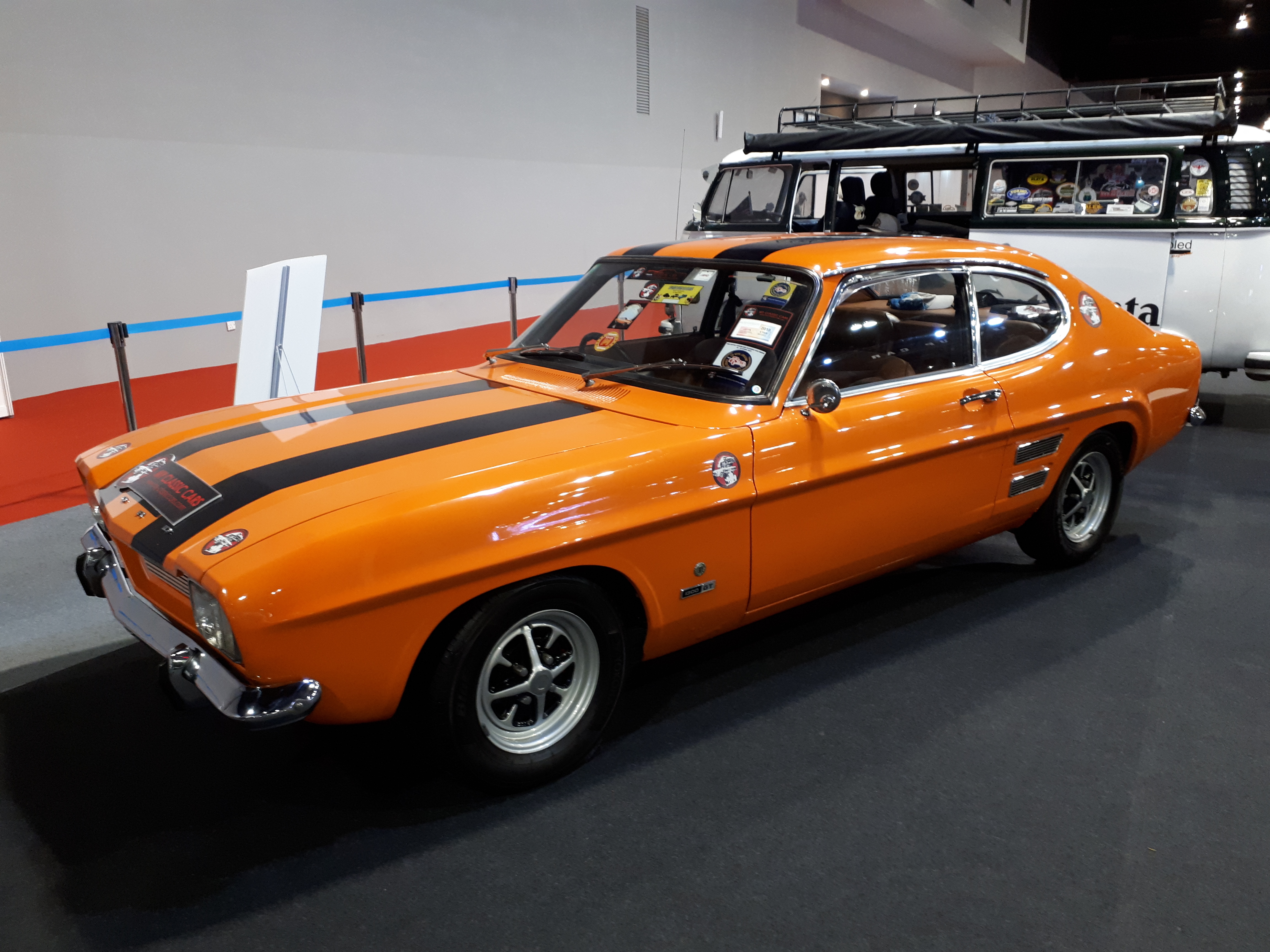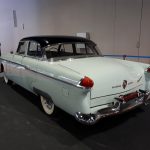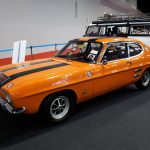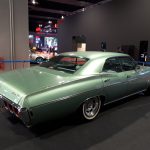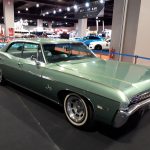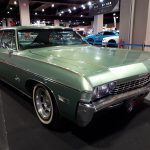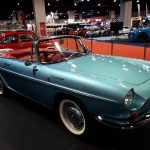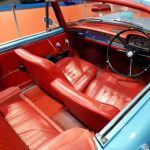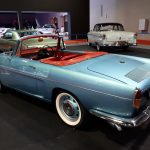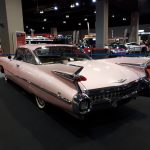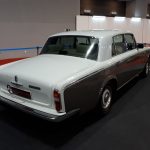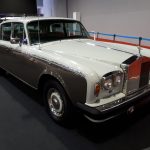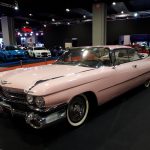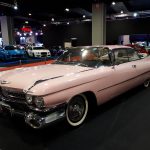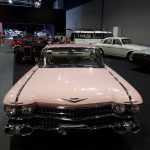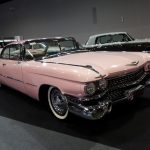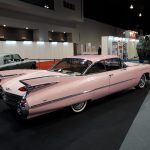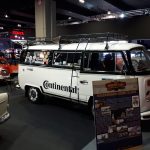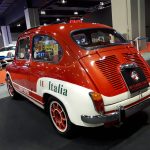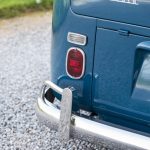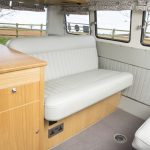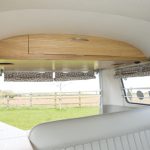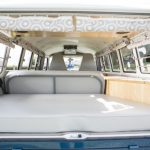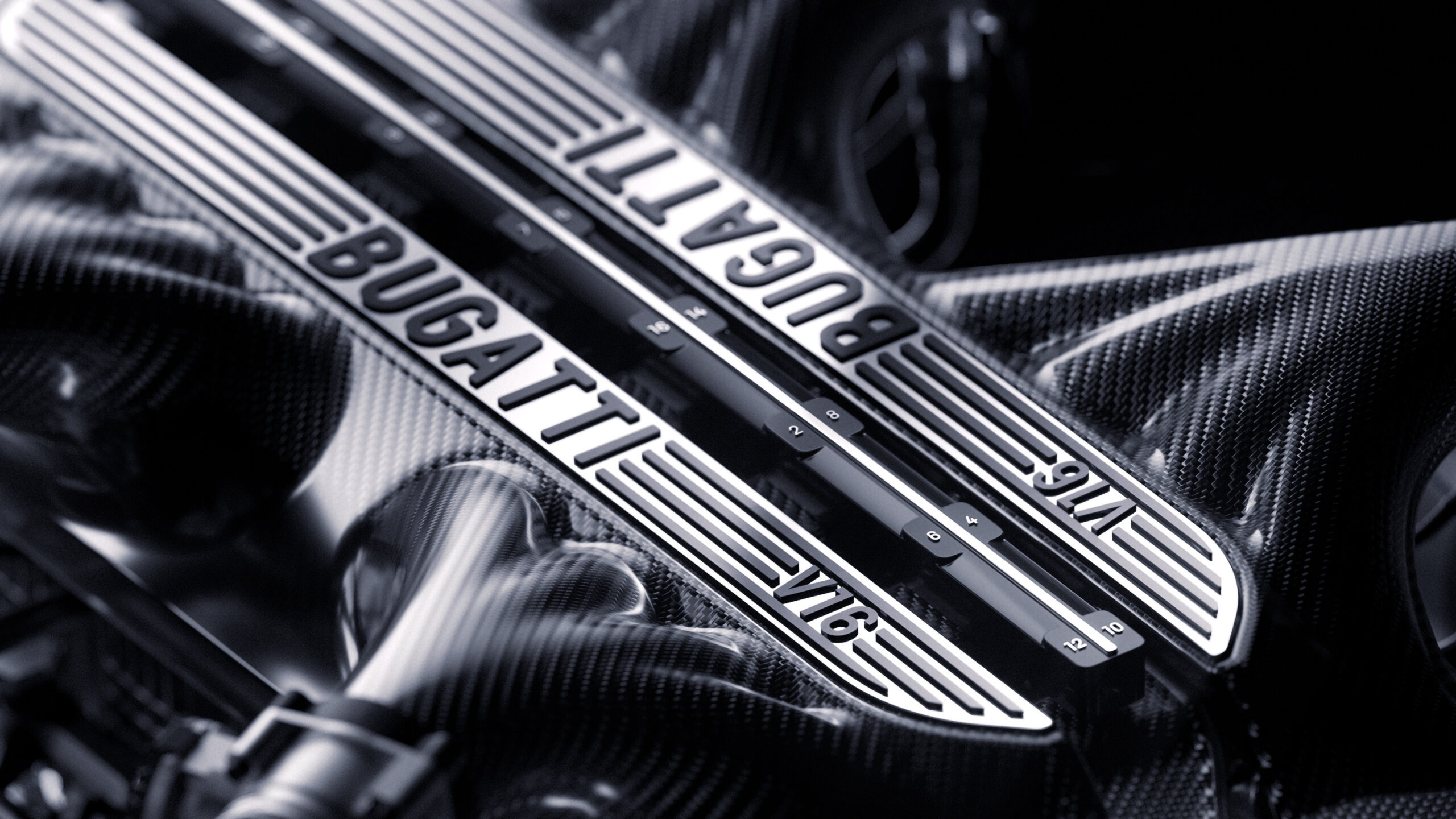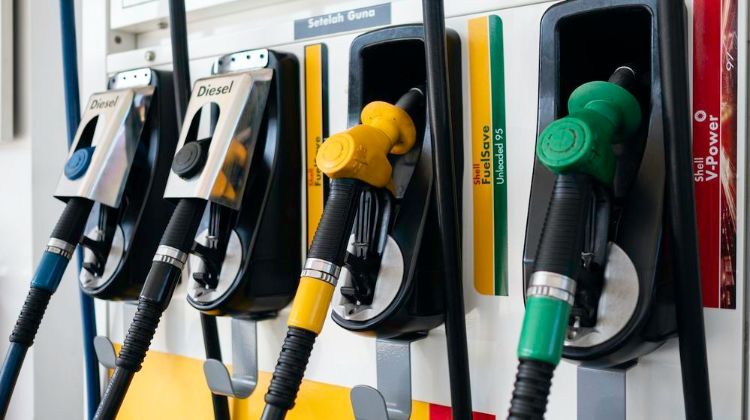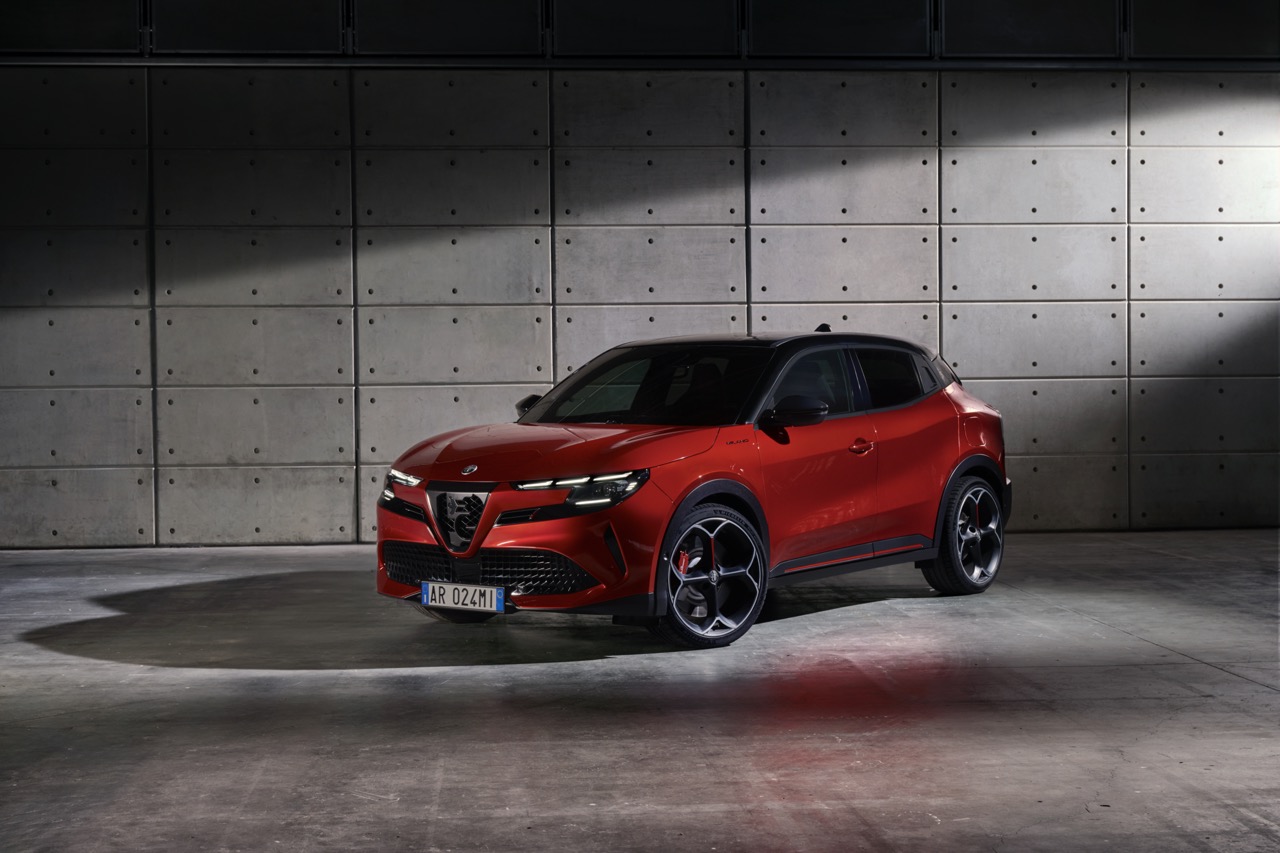One of two ultra-rare original 300 SLR Uhlenhaut Coupes from the Mercedes-Benz Classic Collection has been auctioned for 135 million euros – that’s equivalent to RM626,822,715 at today’s exchange rate – to a private collector. It’s the highest price ever paid for any car and the money will be used to establish a ‘Mercedes-Benz Fund’.
One of only two units
Only two units of the prototype sportscar were built and named after the chief engineer, Rudolf Uhlenhaut. Apart from its rarity, the 300 SLR Uhlenhaut Coupe is considered to be one of the finest examples of automotive engineering and design by automotive experts and enthusiasts worldwide.
The auction was held at the Mercedes-Benz Museum and managed by renowned auctioneer RM Sotheby’s. The sportscar auctioned was part of the non-public vehicle collection belonging to Mercedes-Benz Classic, which has more than 1,100 automobiles ranging from the invention of the automobile in 1886 until today.
“The private buyer has agreed that the 300 SLR Uhlenhaut Coupe will remain accessible for public display on special occasions, while the second original 300 SLR Coupe remains in company ownership and will continue to be displayed at the Mercedes-Benz Museum in Stuttgart,“ said Marcus Breitschwerdt, Head of Mercedes Benz Heritage.
Global scholarship programme
“The 300 SLR Uhlenhaut Coupes are milestones in sportscar development and key historical elements that have shaped our brand. The decision to sell one of these two unique sportscars was taken with very sound reasoning – to benefit a good cause. The proceeds from the auction will fund a global scholarship programme. With the ‘Mercedes-Benz Fund’, we would like to encourage a new generation to follow in Rudolf Uhlenhaut’s innovative footsteps and develop amazing new technologies, particularly those that support the critical goal of decarbonisation and resource preservation,” said Ola Kallenius, CEO of Mercedes-Benz Group AG.
“At the same time, achieving the highest price ever paid for a vehicle is extraordinary and humbling: A Mercedes-Benz is by far the most valuable car in the world,” he added.
The proceeds from the auction will serve as seed capital for the global initiative, and Mercedes-Benz is committed to investing additional resources in the coming years. The Mercedes Benz Fund will be divided into two sub-categories: University Scholarships in order to connect, educate and encourage students to realize/conduct research on environmental science projects, and School Scholarships focussing on pupils to realize local environmental projects in their communities.
The programme funds will be directed to individuals who otherwise do not have the financial means for their projects and career paths. The programme will go beyond financially supporting the young people and include extracurricular elements like Mercedes-Benz mentorships opening up new career prospects.
Rudolf Uhlenhaut and his Coupe
The special circumstances behind its creation, its unique design and its innovative technology have endowed the 300 SLR Uhlenhaut Coupe with a remarkable level of mystique that endures to this day. The design set benchmarks that put it among the world’s most significant automotive icons – not least on account of its distinctive gullwing doors. Added to this is the outstanding performance delivered by its thoroughbred racing technology.
Serving as the head of passenger car development at Mercedes-Benz which included the racing division, Uhlenhaut was also the father of the 300 SL and the W 196 R “Silver Arrows”. The Coupe exceeded the technical possibilities of its time and became the pinnacle in the life’s work of the genius engineer who persistently strove for the maximum.
Mercedes-Benz Museum offers a new perspective with indoor drone tour (w/VIDEO)




